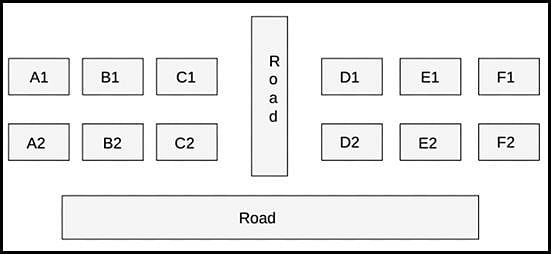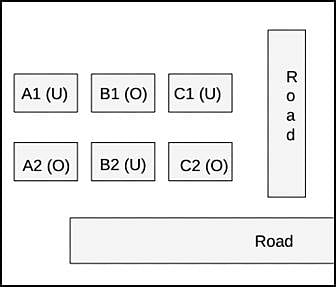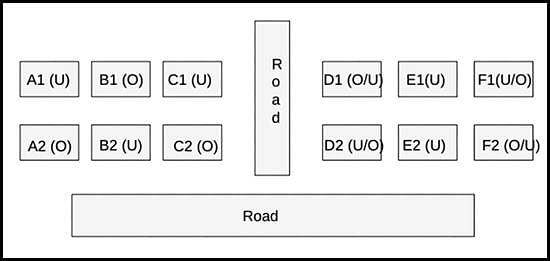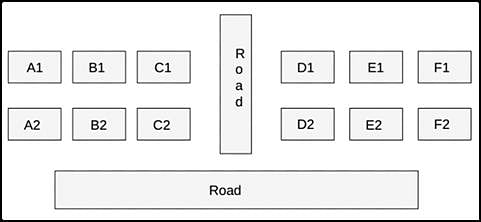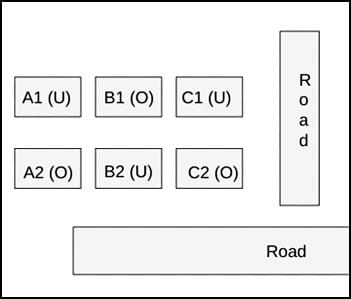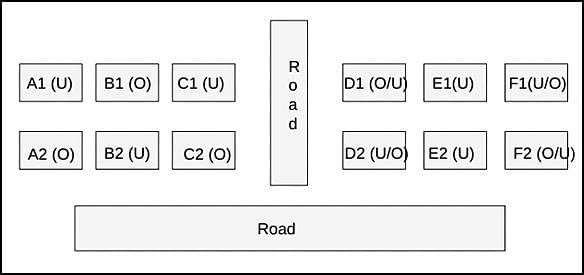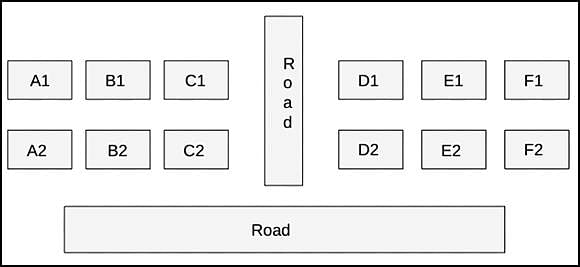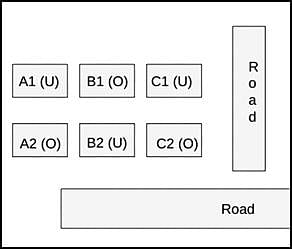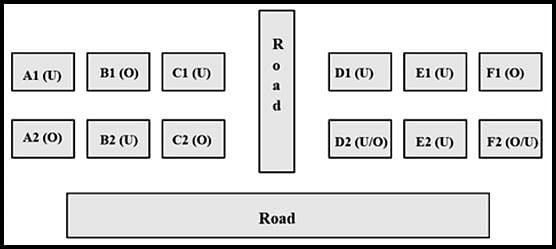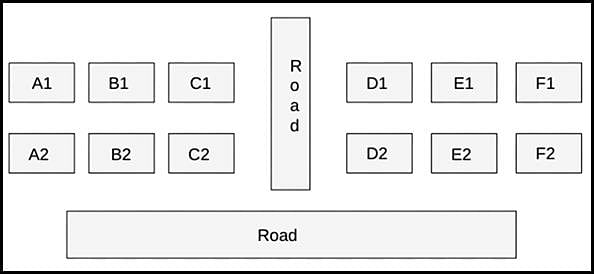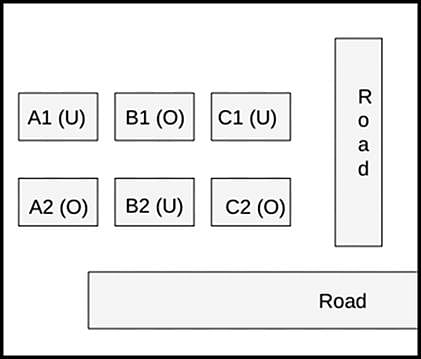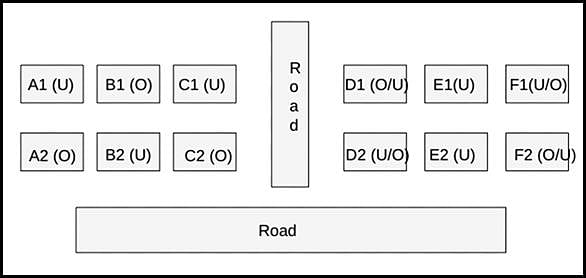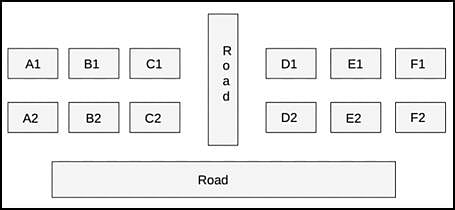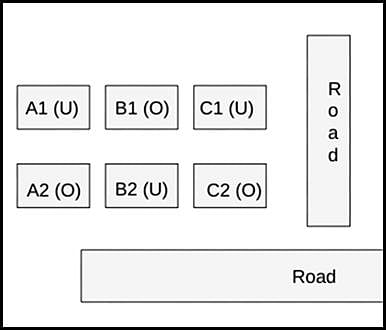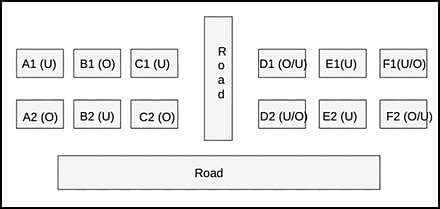CAT Exam > CAT Tests > Daily Test for CAT Preparation > CAT Previous Year Questions: Arrangements (July 10) - CAT MCQ
CAT Previous Year Questions: Arrangements (July 10) - CAT MCQ
Test Description
10 Questions MCQ Test Daily Test for CAT Preparation - CAT Previous Year Questions: Arrangements (July 10)
CAT Previous Year Questions: Arrangements (July 10) for CAT 2025 is part of Daily Test for CAT Preparation preparation. The CAT Previous Year Questions: Arrangements (July 10) questions and answers have been
prepared according to the CAT exam syllabus.The CAT Previous Year Questions: Arrangements (July 10) MCQs are made for CAT 2025 Exam. Find important
definitions, questions, notes, meanings, examples, exercises, MCQs and online tests for CAT Previous Year Questions: Arrangements (July 10) below.
Solutions of CAT Previous Year Questions: Arrangements (July 10) questions in English are available as part of our Daily Test for CAT Preparation for CAT & CAT Previous Year Questions: Arrangements (July 10) solutions in
Hindi for Daily Test for CAT Preparation course. Download more important topics, notes, lectures and mock
test series for CAT Exam by signing up for free. Attempt CAT Previous Year Questions: Arrangements (July 10) | 10 questions in 20 minutes | Mock test for CAT preparation | Free important questions MCQ to study Daily Test for CAT Preparation for CAT Exam | Download free PDF with solutions
*Answer can only contain numeric values
CAT Previous Year Questions: Arrangements (July 10) - Question 1
How many houses are vacant in Block XX?
Detailed Solution for CAT Previous Year Questions: Arrangements (July 10) - Question 1
CAT Previous Year Questions: Arrangements (July 10) - Question 2
Which of the following houses is definitely occupied?
Detailed Solution for CAT Previous Year Questions: Arrangements (July 10) - Question 2
CAT Previous Year Questions: Arrangements (July 10) - Question 3
Which of the following options best describes the number of vacant houses in Row-2?
Detailed Solution for CAT Previous Year Questions: Arrangements (July 10) - Question 3
*Answer can only contain numeric values
CAT Previous Year Questions: Arrangements (July 10) - Question 4
What is the maximum possible quoted price (in lakhs of Rs.) for a vacant house in Column-E?
Detailed Solution for CAT Previous Year Questions: Arrangements (July 10) - Question 4
CAT Previous Year Questions: Arrangements (July 10) - Question 5
Which house in Block YY has parking space?
Detailed Solution for CAT Previous Year Questions: Arrangements (July 10) - Question 5
CAT Previous Year Questions: Arrangements (July 10) - Question 6
Who among the following was DEFINITELY NOT ranked first in his/her group?
Detailed Solution for CAT Previous Year Questions: Arrangements (July 10) - Question 6
Detailed Solution for CAT Previous Year Questions: Arrangements (July 10) - Question 7
CAT Previous Year Questions: Arrangements (July 10) - Question 8
Which of the following pairs must have played against each other in the championship?
Detailed Solution for CAT Previous Year Questions: Arrangements (July 10) - Question 8
CAT Previous Year Questions: Arrangements (July 10) - Question 9
Who among the following did NOT play against Chitra in the championship?
Detailed Solution for CAT Previous Year Questions: Arrangements (July 10) - Question 9
CAT Previous Year Questions: Arrangements (July 10) - Question 10
The total sales (in ₹ million) in 2019 from products in office supplies category is closest to
Detailed Solution for CAT Previous Year Questions: Arrangements (July 10) - Question 10
|
152 docs|327 tests
|
Information about CAT Previous Year Questions: Arrangements (July 10) Page
In this test you can find the Exam questions for CAT Previous Year Questions: Arrangements (July 10) solved & explained in the simplest way possible.
Besides giving Questions and answers for CAT Previous Year Questions: Arrangements (July 10), EduRev gives you an ample number of Online tests for practice


